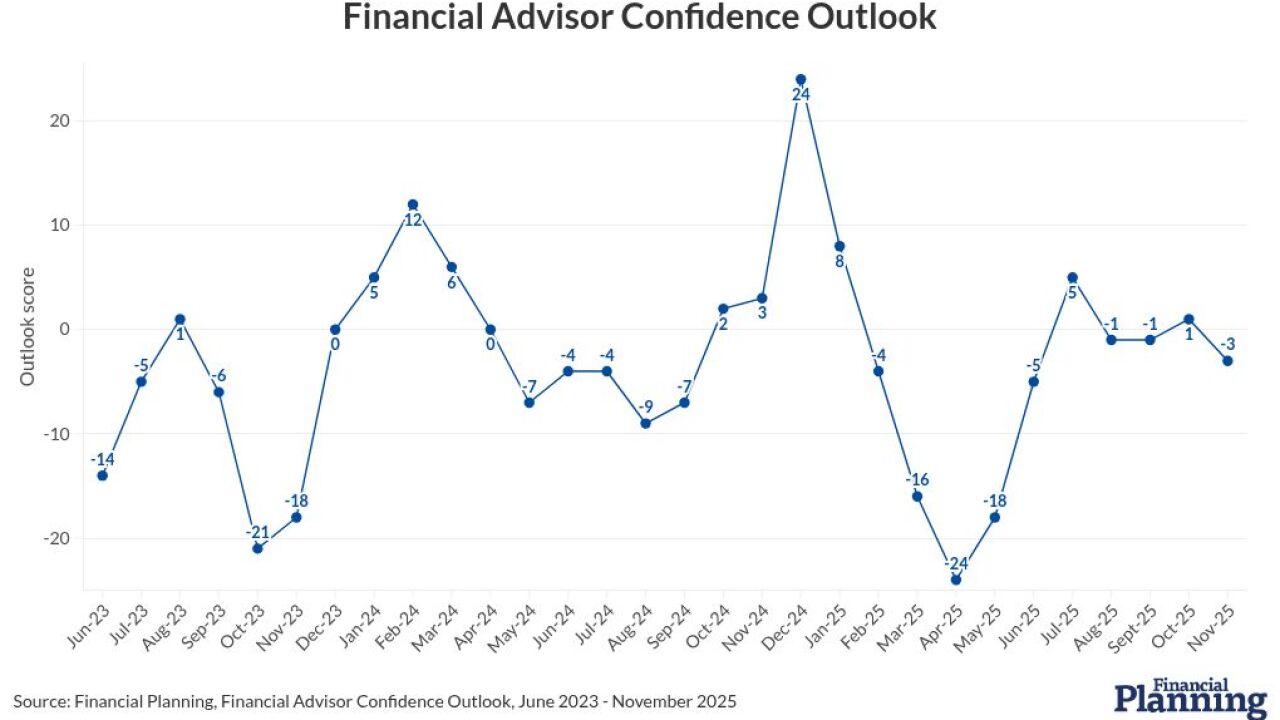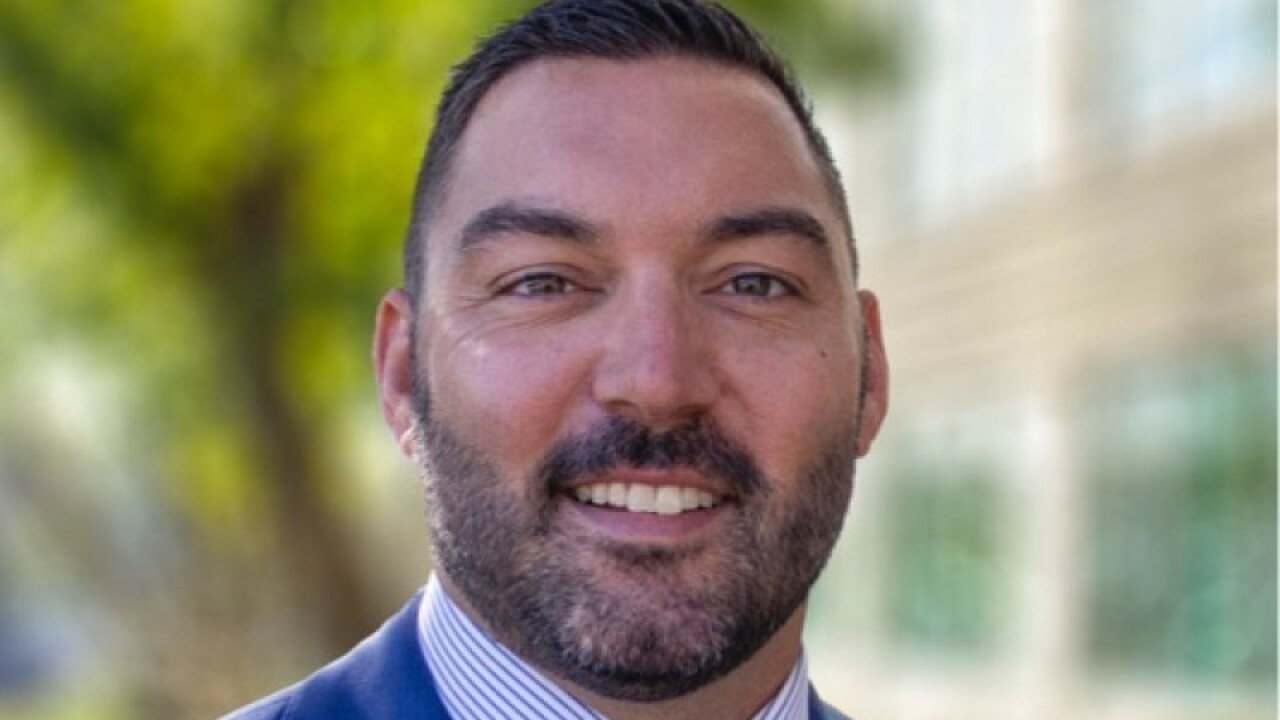If the SEC's proposed fiduciary standard gets the thumbs up, professional liability insurance for broker-dealer reps, already up 30% over the past four years, will continue to soar. That's the expectation among insurance brokers specializing in errors and omissions insurance, which protects FINRA-registered broker-dealers and their officers, directors and employees from client lawsuits over negligence either real or imagined.
"We would expect prices to rise initially as much as 25% if the fiduciary standard of liability replaces the current suitability standard," says John Graham, senior vice president of Aon Risk Solution's financial services practice in Chicago. Factors behind the likely premium increase include the proposed fiduciary standard's higher degree of professionalism, greater compliance obligations and expectations for higher settlement defense costs.
Why the latter? Graham explains that insurance underwriters have the perception that broker-dealers may not "aggressively challenge or fight" litigation against them if they are held to a higher standard of liability.
With careful planning, preparation and documentation, however, broker-dealer reps can mitigate the premium increases while improving their practices. "Broker-dealers must be in a position to prove the correctness and validity of their actions, and this is done through documentation, particularly front-end due diligence and point of sale suitability," says Conrad Deneault, senior vice president of The Daniel and Henry Company, a St. Louis-based privately held full-service insurance brokerage. "Firms that can demonstrate this are better positioned to reap more favorable insurance treatment going forward."
PREMIUMS RISING
Roughly 75% of smaller broker-dealers and 85% of medium-to-large firms purchase E&O insurance, although if the fiduciary standard is imposed these numbers are expected to increase, given the greater risk of litigation. Smaller firms that currently cannot afford the minimum premiums set by insurers or pass on the costs to their reps tend to self-insure the risk, setting aside a fund as a just-in-case measure. Larger firms that have experienced litigation also often self-insure, as the premuims charged by carriers may be exorbitant.
E&O premiums for all firms rose in the wake of the financial crisis and now stand as high as $3,000 per broker-dealer rep. Insurance companies won't provide any statistics on the volume of claims against broker-dealers, but insurance brokers say the precipitous decline in the equity markets generated a marked uptick in E&O claims, which are adjudicated through FINRA arbitration.
A key factor driving the upsurge was the sale of alternative investment products like Regulation D-exempt offerings and non-traded REITs in the pre-financial crisis era. Lawsuits also arose from churning. "The account may show a 30% return over a two-year span. But the client may still sue, claiming that the churning of the account through a dozen different transactions, each costing a half a point in fees, ate up all the money," says Michael White, managing director of New York-based insurance broker Marsh's financial and professional liability practice.
Another factor is arbitration. This legal remedy initially was predicated on avoiding highly emotional litigation in a courtroom juries don't take kindly to a broker-dealer alleged to have made a decision resulting in a 75 year-old plaintiff losing her life savings. "The idea was to put these disputes in a more controlled setting," White explains. "But what used to be an arbitration board composed primarily of industry insiders now includes a higher percentage of outsiders. Arbitration awards have gone up as a result."
Other factors contributing to the rise in claims include classic "fat finger" errors, where the client thought he or she had purchased 1,000 shares of a particular stock, but the rep typed in 10,000 shares instead. Then there is the suitability standard itself. "Clients will sue claiming that they were strong-armed into making a decision they really didn't want to make, or the rep didn't take into consideration they were a retiree with $400,000 to last 20 years, and their money was put into illiquid high-risk limited partnership shares," White says.
Even if the fiduciary standard doesn't go into effect, E&O claims are not expected to decline. "On every single broker-dealer application for insurance, we ask them to disclose the number of complaints they have received in the previous year," says Louis D'Agostino, senior vice president and financial institutions practice leader at insurance broker Iron Cove Partners in Garden City, N.Y. "The average is five to seven. The chance of these complaints eventually becoming actual claims is high."
Yet another factor driving up premiums is a pronounced lack of competition in the E&O insurance market. Blame the threat of higher losses, which has detered many insurance carriers from underwriting the business. "Broker-dealers have a greater frequency and potential severity of litigation, which makes many insurers hesitant about writing the exposure," says Aon's Graham.
From more than a dozen carriers in the market a decade ago, less than a handful remain today. "It's no longer a competitive market with premiums up at least 30% in the aggregate over the last four years," D'Agostino notes.
MORE CLAIMS?
While it's common to see an increase in claims following an economic downturn, the severity of the last recession caused claims to spike sharply. The proposed fiduciary standard would aggravate these already challenging conditions by heightening broker-dealer exposure.
"Were this to happen, the threshold of liability would be much lower for broker-dealers," Graham explains. "Right now, broker-dealers are held to a standard of suitability as long as they are providing investment products that are suited to client's particular financial situation and plans, they are free and clear [of liability]."
On the other hand, a fiduciary standard like the one imposed on investment advisers, would require broker-dealers to put their clients' best interests before their own when providing retail investment advice. "The change to a fiduciary standard would put the onus on broker-dealers to up their game, professionally speaking, to reduce the risk of a lawsuit," D'Agostino says. They need to adopt more of a "hands on" approach similar to RIAs, which, he notes, have "very formal processes" in place and have implemented a "culture of compliance."
Marsh's White succinctly concurs: "They'll need to exercise more control over the means, methods and mode of how they operate."
FIGHTING BACK
What can broker-dealers do to protect themselves? Insurance brokers suggest developing internal processes and procedures surrounding investor suitability, ensuring that all account trading activity is reviewed by principals and is predicated on the investors' good, moving toward a fee-based model in lieu of brokerage commissions and establishing clearer guidelines on personal trading.
White also advises hiring in-house general counsel to oversee operations on a full-time basis and creating a strong, proactive compliance team that conducts unscheduled audits. "Surprise audits of field offices, in addition to regularly scheduled exams and reviews," he explains, "can often provide much better insight into the office's operations.
Daniel and Henry's Deneault agrees with these recommendations and adds another more specific customer disclosure forms than those currently included in an offering document or required by a product issuer. With regard to unregistered or non-traded products, the forms should require an affirmative attestation that the client understands the investment's illiquid nature and increased risk factors.
"You also need to document firm-specific disclosures regarding net worth, investment experience, risk tolerance, investment objectives and concentration of investment and investment sector within the client's total portfolio," he says. "Documentation is everything when facing an E&O claim."
Read more:
FINRA Disclosure Proposal Heads to SEC Why FINRA's BrokerCheck is Under Fire Don't Let the Brokers Keep Watch on Themselves: Commentary SEC to Accelerate Uniform Fiduciary Push FINRA Fires Back, Defends BrokerCheck





